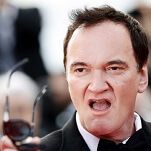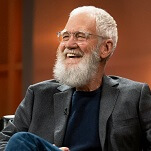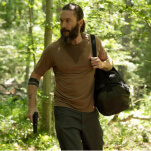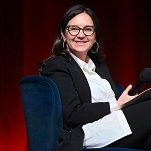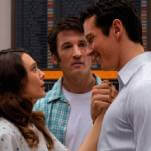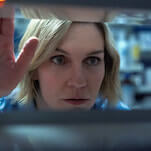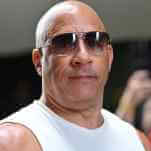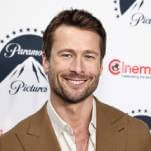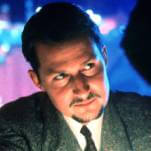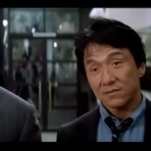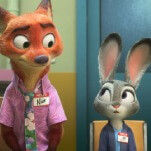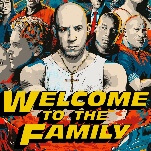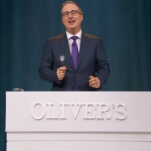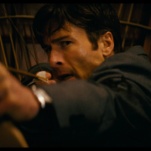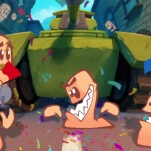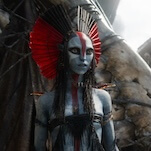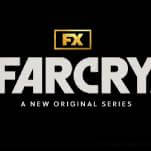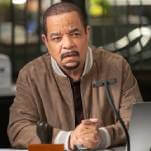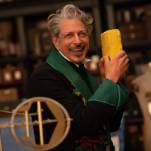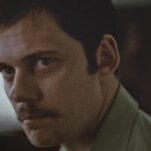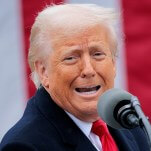Everything in (dinosaur) history you need to know before watching Jurassic World: Dominion
From Giganotosaurus to genetically-engineered children, make sure you're caught up ahead of the Jurassic Park franchise finale
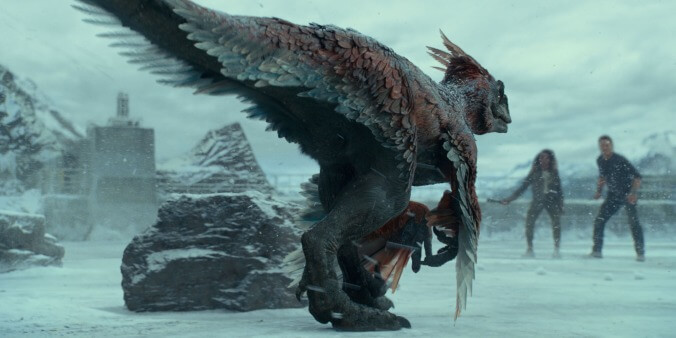
The original Jurassic Park turns 30 next year. Its impact cannot be overstated as a blockbuster work of entertainment, as a technical achievement, as an historic moneymaker for everyone involved. While in an era of indefatigable intellectual property few sequels ever truly mark the definitive end of a franchise, Emily Carmichael and co-writer and director Colin Trevorrow’s Jurassic World: Dominion, opening June 10, at least appears to bring its story to some sort of resolution. To ready moviegoers for what to expect, The A.V. Club has put together a “primer” to prepare them for the prehistoric adventure that’s now 65 million and thirty years in the making.
Starting with the science
Back in 1993, International Genetic Technologies, Inc., also known as InGen, extracted DNA from fossilized mosquitoes preserved in amber, and used genetic engineering to clone dinosaurs. Where the animals’ genetic sequences were incomplete, scientists used materials from living reptiles to fill on those spaces; this has repeatedly caused unexpected abnormalities in their genetic makeup, enabling them to adapt both against protective measures InGen developed to control the dinosaur population, as well as larger environmental conditions they face because of being bred in captivity.
At the behest of the company’s now-deceased CEO John Hammond (Sir Richard Attenborough), InGen built Jurassic Park on the fictional Central American island of Isla Nublar as a destination theme park and animal preserve where ticket holders can see and interact with dinosaurs. Before opening it to the public, Hammond invited a team of experts to the park, and their experiences not only set the franchise into motion, but established the pattern that virtually all of the sequels followed up to and including Jurassic World Dominion.
For the latest film, a company called Biosyn, one of InGen’s corpoirate rivals, has acquired worldwide rights to capture and detain dinosaurs, an opportunity that the company’s CEO Lewis Dodgson (Campbell Scott) leverages for military and scientific purposes. Dodgson made a brief appearance in Jurassic Park, played by Cameron Thor.
Ask the experts
Dr. Alan Grant (Sam Neill), Dr. Ellie Sattler (Laura Dern) and Dr. Ian Malcolm (Jeff Goldblum) were the first scientists to visit Jurassic Park. Grant, a paleontologist, Sattler, a Paleobotanist, and Malcolm, a chaos theorist, express a variety of doubts about the science utilized to bring dinosaurs back to life—some individual to their area of expertise, and some overlapping as ethically-minded scientists—and many of them are legitimized when a combination of human error and criminality leads to the animals escaping their enclosures, attacking visitors, and eventually causing some brutal casualties.
Malcolm returned for The Lost World (1997), Grant for Jurassic Park III (2001), and Malcolm made a brief appearance in Jurassic World: Fallen Kingdom speaking in front of government officials as subsequent generations of ambitious businessmen have attempted to fulfill Hammond’s dreams, repeating many of his mistakes in the process. All three return for Dominion: when Sattler investigates evidence that Biosyn has resurrected (or created) a specific of prehistoric locusts that begins devastating wheat crops in the American Midwest, she recruits Grant to help verify her findings. The two of them receive an invitation to Biosyn’s animal preserve and scientific headquarters, thanks to Ian Malcolm, who Dodgson hired to train and motivate his staff despite the scientist’s aptitude for disruption, and, well, chaos.
In the meantime, biotechnologist Dr. Henry Wu (B.D. Wong) has worked for since the original Jurassic Park, first for InGen and later for Biosyn, as one of the chief engineers of the dinosaurs that have not only run rampant across almost all of both corporations’ financial plans, but through his direct efforts, recombined known science to give them skills and abilities they never had before.



